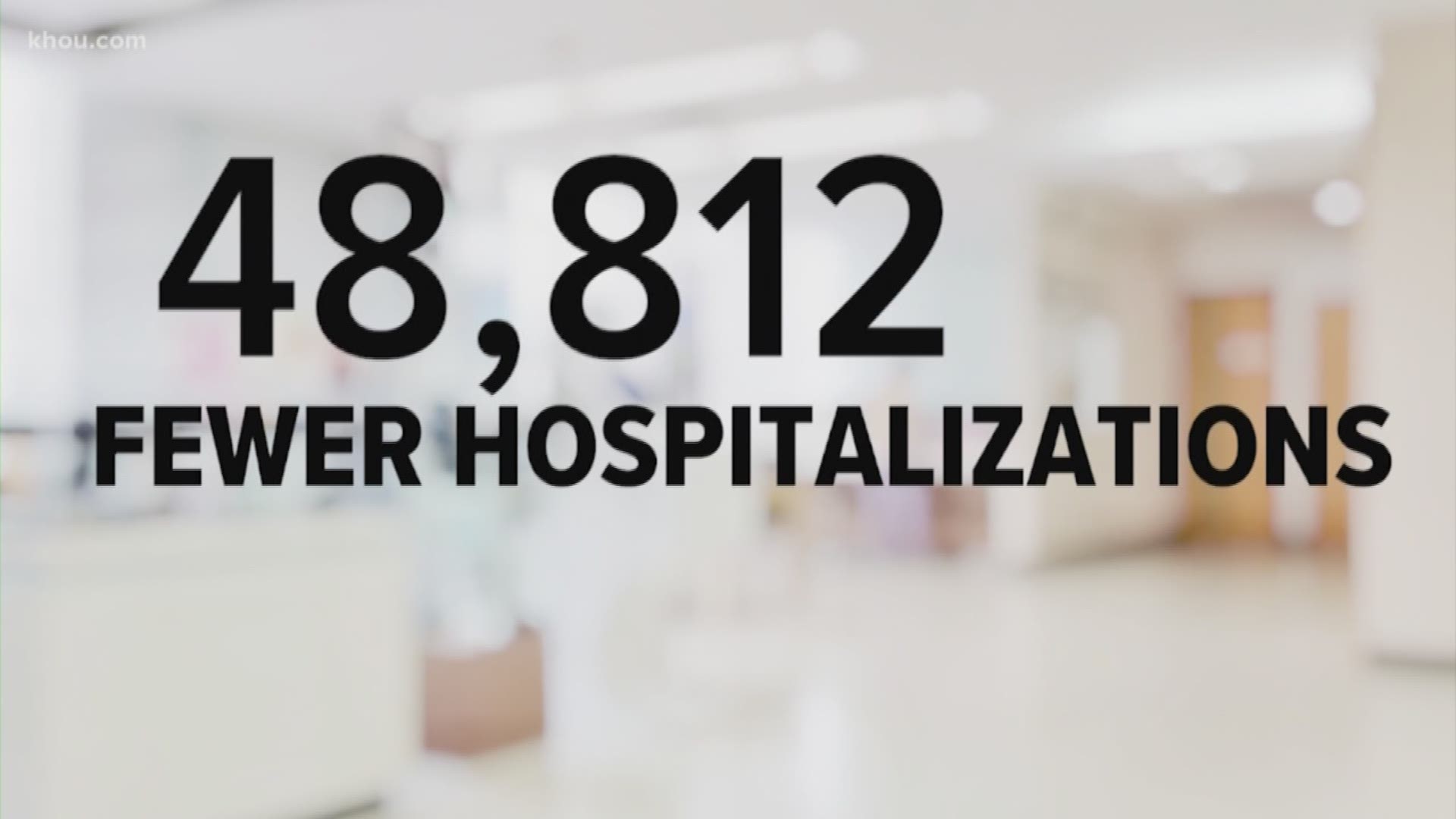FORT BEND COUNTY, Texas — Fort Bend County reported a dramatic increase in COVID-19 cases Wednesday but officials say there's no cause for alarm.
County health officials reported 100 new cases and the death of a patient in a high-risk group.
They say the high number is partly due to a delay in reporting. More than half of the patients were tested over a week ago.
“The current delays in coronavirus lab test reporting is due to the rapid increase in test availability and variation in commercial lab reporting procedures. We expect to see an improvement in reporting as time goes on,” said Dr. Jacquelyn Minter, Director of Health and Human Services. “However, these delayed reports remind all of us that it is vital the public follow health guidelines for those who experience symptoms of coronavirus before, during and after testing.”
The remaining new cases in Fort Bend County in one day is considered by health officials to be a significant increase, but it follows along the modeling for a peak, which is expected approximately April 23.
Fort Bend County now has 417 cases of COVID-19 with 22 recoveries.
Coronavirus symptoms
The symptoms of coronavirus can be similar to the flu or a bad cold. Symptoms include a fever, cough and shortness of breath, according to the Centers for Disease Control. Some patients also have nausea, body aches, headaches and stomach issues. Losing your sense of taste and/or smell can also be an early warning sign.
Most healthy people will have mild symptoms. A study of more than 72,000 patients by the Centers for Disease Control in China showed 80 percent of the cases there were mild.
But infections can cause pneumonia, severe acute respiratory syndrome, kidney failure and even death, according to the World Health Organization. Older people with underlying health conditions are most at risk for becoming seriously ill. However, U.S. experts are seeing a significant number of younger people being hospitalized, including some in ICU.
The CDC believes symptoms may appear anywhere from two to 14 days after being exposed.
Human coronaviruses are usually spread through...
- The air by coughing or sneezing
- Close personal contact, such as touching or shaking hands
- Touching an object or surface with the virus on it, then touching your mouth, nose or eyes before washing your hands.
Help stop the spread of coronavirus
- Stay home when you are sick.
- Eat and sleep separately from your family members
- Use different utensils and dishes
- Cover your cough or sneeze with your arm, not your hand.
- If you use a tissue, throw it in the trash.
- Follow social distancing
Lower your risk
- Wash your hands often with soap and water for at least 20 seconds. If soap and water are not available, use an alcohol-based hand sanitizer.
- Avoid touching your eyes, nose, and mouth with unwashed hands.
- Avoid close contact with people who are sick.
- Clean and disinfect frequently touched objects and surfaces.
- If you are 60 or over and have an underlying health condition such as cardiovascular disease, diabetes or respiratory illnesses like asthma or COPD, the World Health Organization advises you to try to avoid crowds or places where you might interact with people who are sick.
Get complete coverage of the coronavirus by texting 'FACTS' to 713-526-1111

